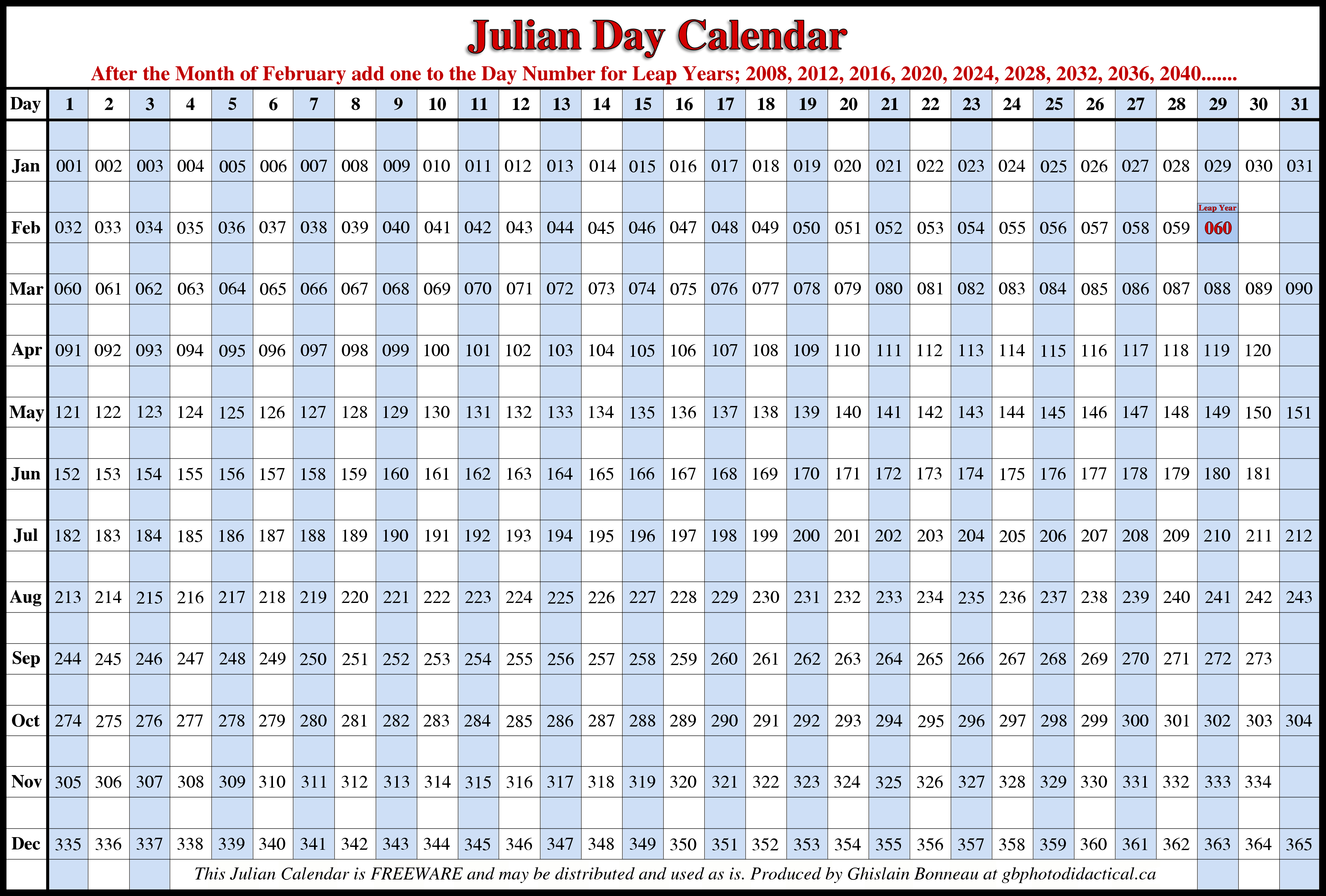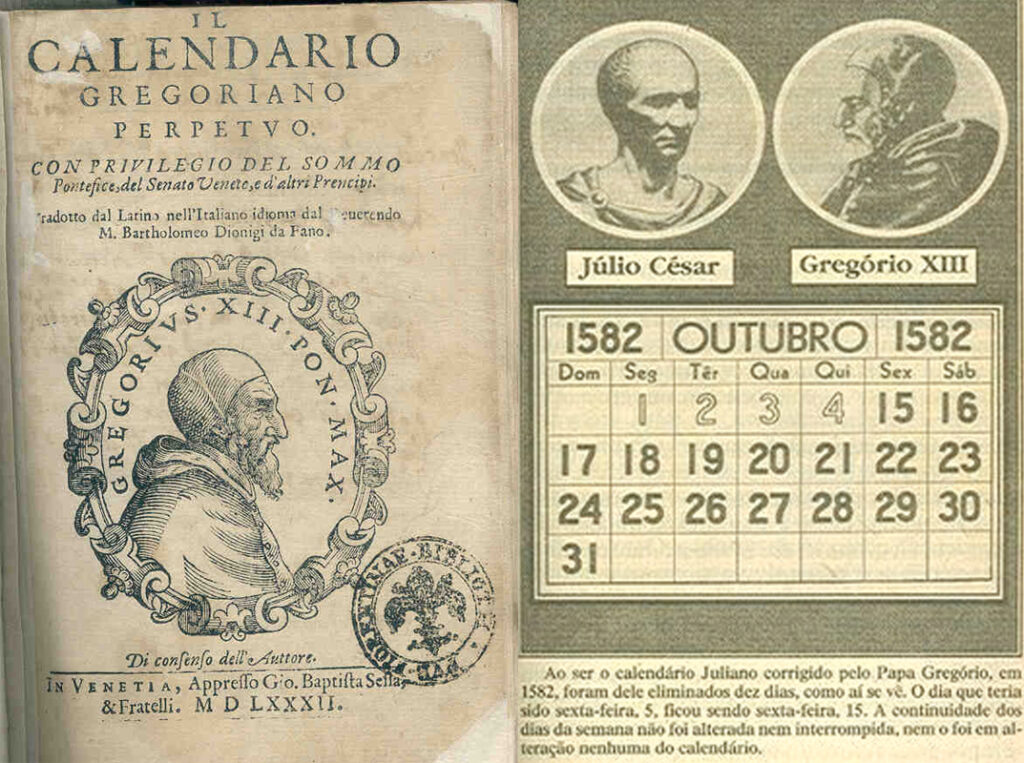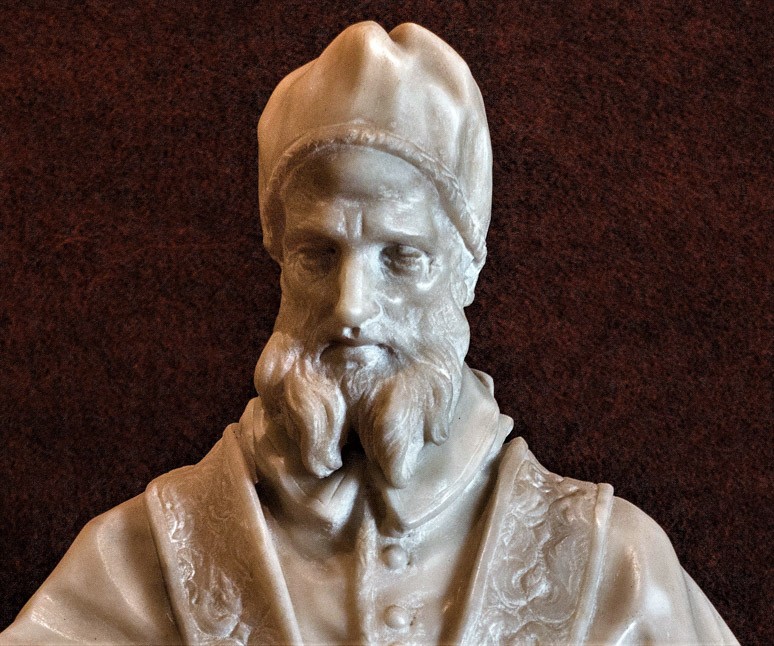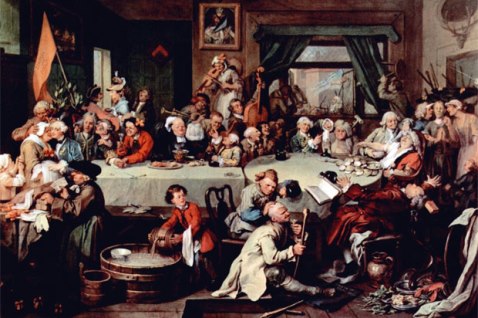Julian Calendar
Contents
In Elizabethan times, people used the Julian Calendar which was slightly different from the modern-day English calendar used today.
The Julian Calendar as the name proposes was created by Julius Caesar as reform from the old Roman Calendar and it came into effect on 1 January 45 BC (709 AUC).
Caesar along with Sosigenes, an Alexandrian astronomer calculated the length of the year as 365 ¼ days. The year was divided into the usual 12 months with 7 days a week and the months consisted of 30 or 31 days except for February.
February consisted of 28 days on normal 365-day years and 29 on every leap year of 366 days and leap years repeated on February 23.
Sosigenes miscalculated the days and the Julian year was about 11 minutes longer than the present Gregorian calendar used today.
The difference accumulated over the years and by the end of 1600, all the dates have shifted to about 10 days from Caesar’s time.
The Julian Calendar celebrated the first day of the new year on 25th March instead of January 1.
March 25 was celebrated as the “Annunciation Day of the Blessed Virgin Mary” which was a Church holiday nine months before Christmas.

September 1752 Calendar History
In 1752, England decided to abandon the Julian calendar and adopted the Gregorian calendar. On doing to, England jumped from 3 September directly to 14th September. As a result, 11 days went missing from the year all of a sudden.
Many people believed that their lives were shortened and no human event – birth, death, marriage – took place within those days. It threw England into revolt in demand to giving them their 11 days back.
Why did the calendar change in 1752?
The Julian calendar was the primary calendar until the late 1600s.
It was found that there were too many leap years in the Julian calendar. Furthermore, the leap year system has miscalculated the actual length of the solar year by adding an extra day for every 128 years.
This affected the dates of the seasons as well as Church holidays like Easter.
In September 1752, under the Calendar (New Style) Act 1750, the British government undertook the Gregorian Calendar and it was accepted worldwide.

What is the reason the calendar for September 1752 is missing 11 days?
The Julian system was based on the concept of the earth moving around the sun, which also created a 365 days a year calendar with a leap year every four years later. The New Year date was January 1. Over time, however, the new year moved to March 25.
This change was made to correlate it with the Christian holiday, Annunciation Day, because March 25 is 9 months before Christmas.
AStronomers then found that the Julian calendar exceeded the solar year by 11 minutes. That can also be interpreted as 24 hours every 131 years or 3 days every 400 years. So there was an extra number of 10 days between 325 A.D and 1582 A.D.
Pope GregoryXIII in 1582, made certain changes to the Julian calendar to fix it mathematically. He thus created a new calendar called the Gregorian calendar. In October 1582, Europe jumped forward by 10 days, fixing the vernal equinox to March 21.

The Calendar Riots of 1752: ‘Give us our 11 days’
What happened to the Calendar in 1752?
The Calendar Act of 1750 was passed to adopt the Gregorian calendar and to overcome the discrepancies in the old Julian Calendar.
According to the new calendar, the new year will commence on January 1 instead of March 25th.
Further, to overcome the difference of 11 days between the two calendars it was decided to drop 11 days from 2nd September 1752 to 14th September.
The changes did not go well with the common people some of whom were still very loyal to the church. People were unhappy because of the changes in the dates of the popular festivals, birthdays of saints, payment of debts and wages and so on.
Some people also believed that the new calendar will take away 11 days of their lives. The protestants specifically opposed this new change as they still followed the old Julian Calendar.
There were claims of civil riots in Bristol where people have gathered around with slogans ‘Give us our 11 days’. However, the authenticity of these riots is still questioned.

Gregorian Calendar: Difference between Julian and Gregorian Calendar
In 1582, the Pope of England Gregory XIII introduced the Gregorian Calendar under the Papal Bull Act.
To rectify the differences, Pope Gregory ordered to drop 10 days from the month of October.
Adjustments were made especially with Easter so that festivals coincided with the seasons.
Leap years were determined by the years divisible by 400 at the end of a century.
January 1 was the first day of the year instead of March 25th in Julian Calendar.
The Gregorian calendar was adopted by most of the countries like France, Italy, Spain, Portugal, and the Netherlands.
In the Julian Calendar, December was actually the 10th month of the year instead of 12th in Gregorian.
Protestant countries like England and Scotland did not recognize the Pope’s authority and they continued to follow the old calendar until the late 1700s.

Which Calendar do we use today?
The Gregorian calendar is the most widely used calendar in today’s world and accepted by most of the countries.
